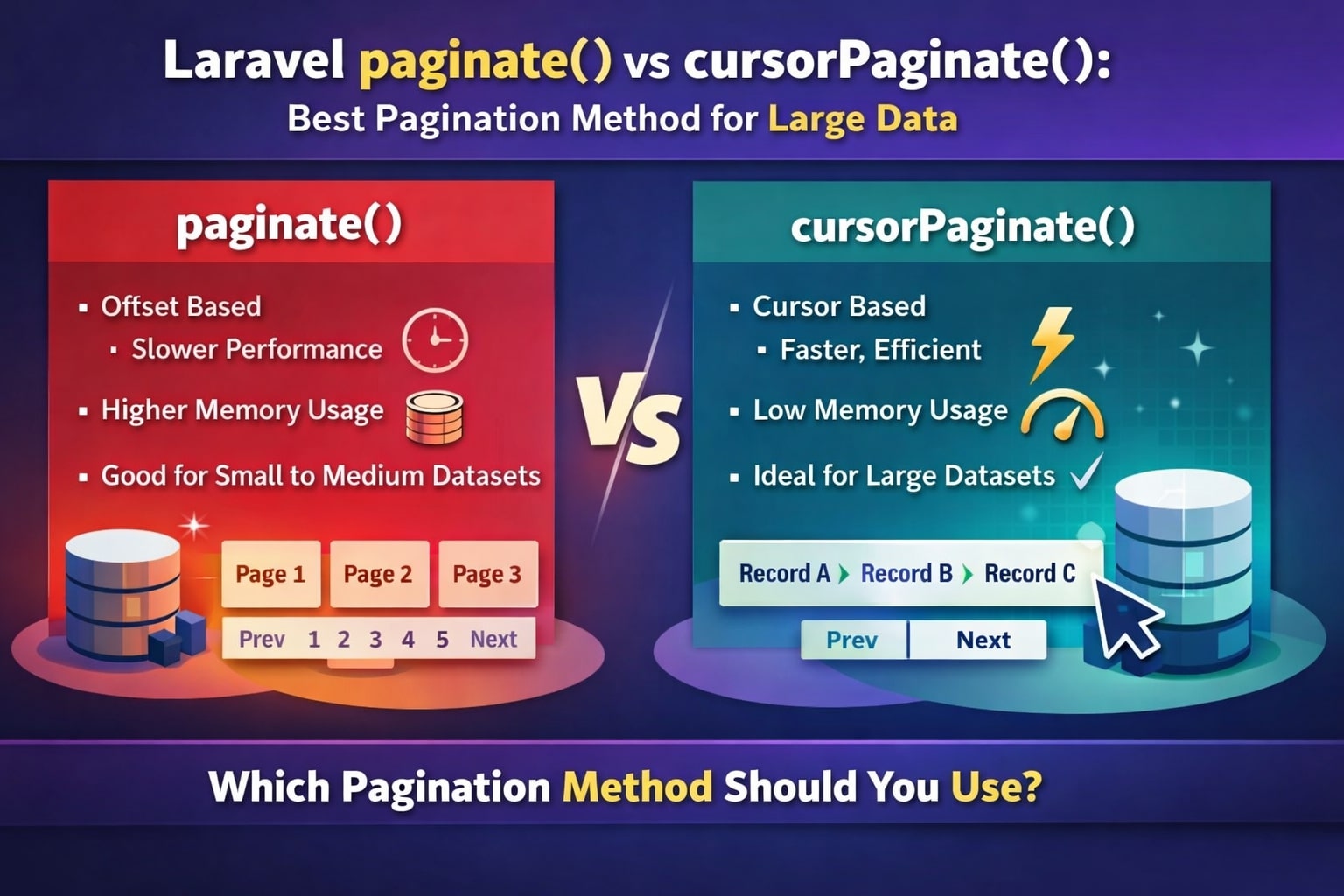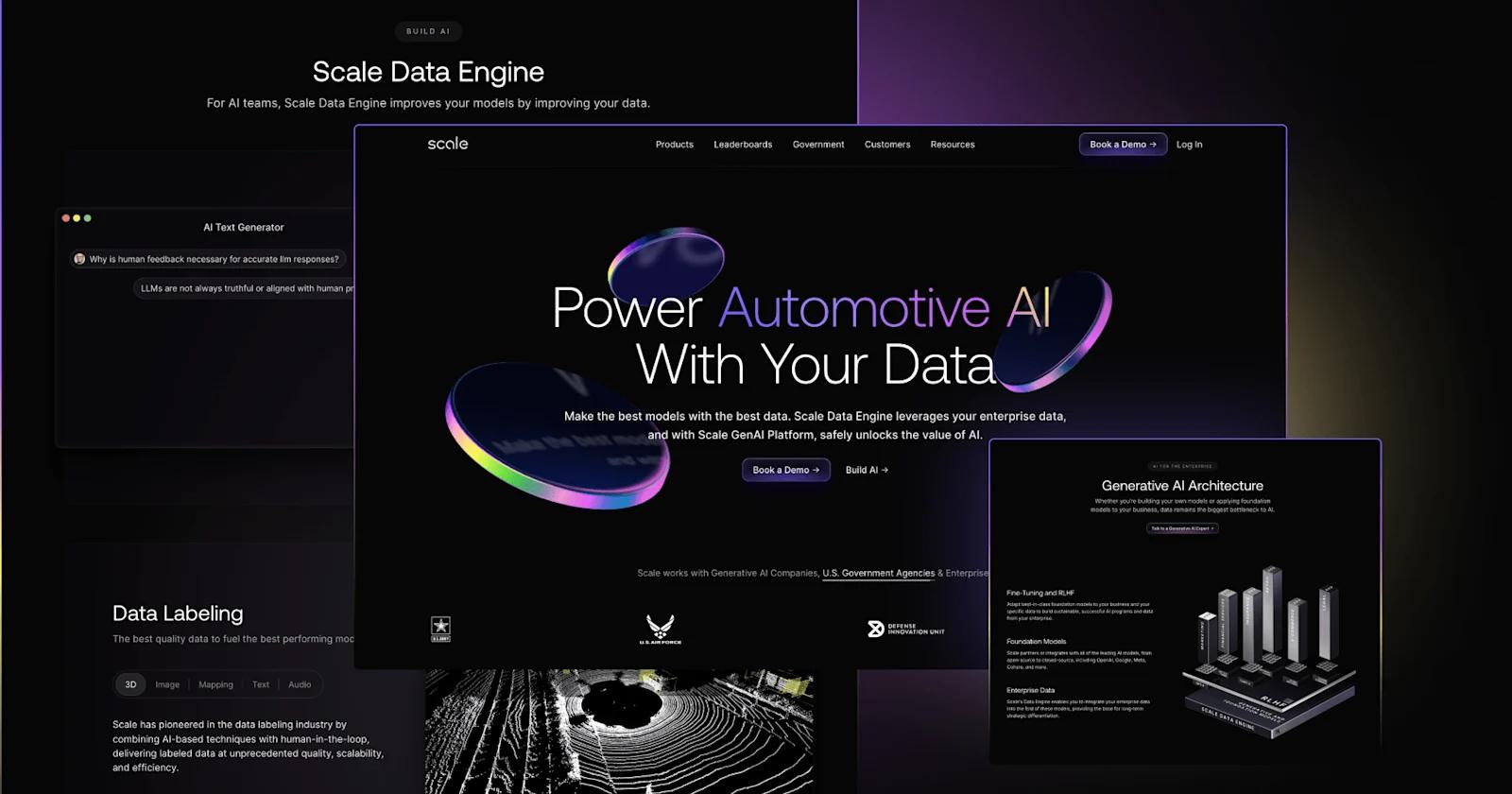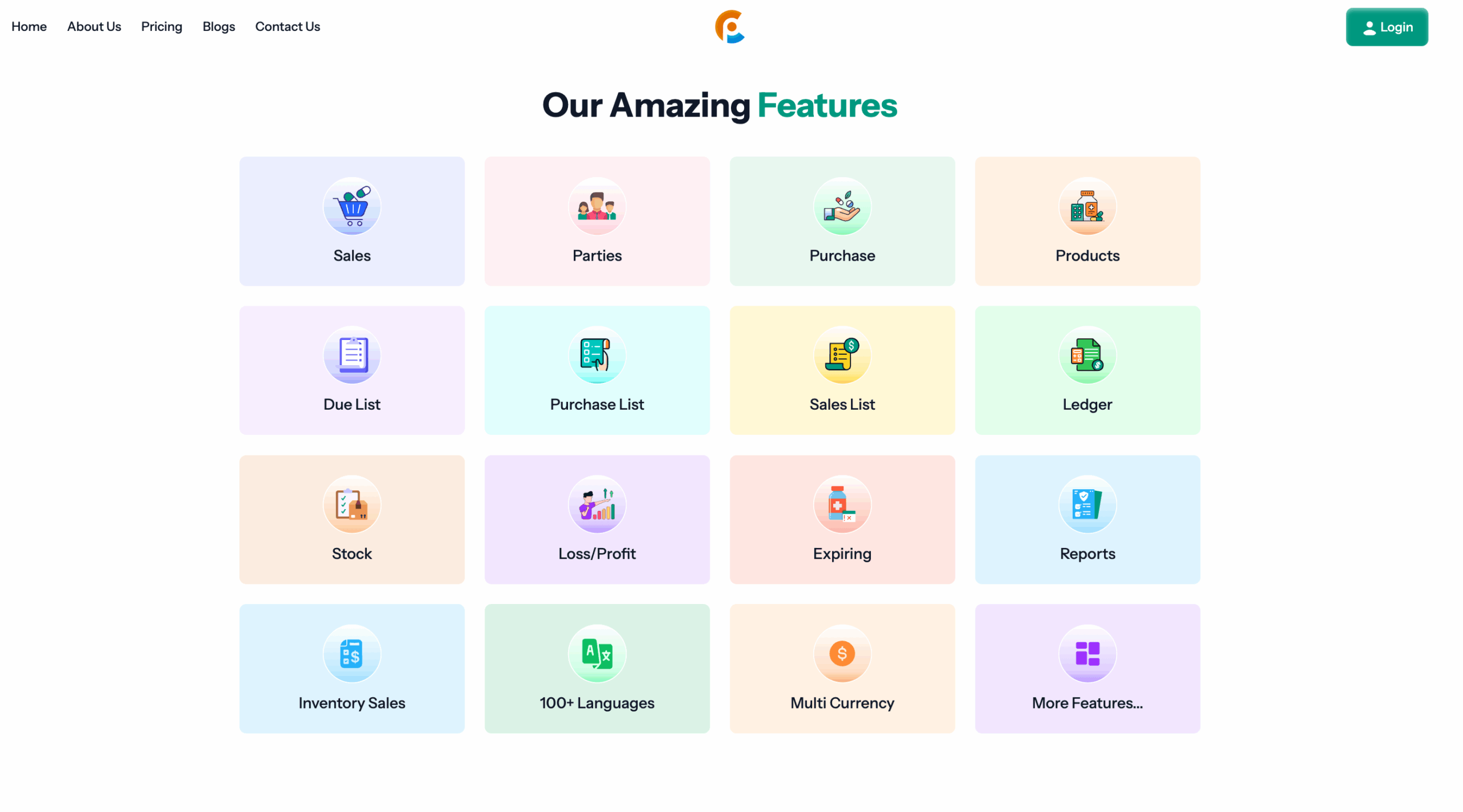Email marketing is one of the most powerful digital marketing strategies that helps businesses engage, nurture, and convert customers. It can lead to high ROI, build brand loyalty, and strengthen customer relationships when done correctly.
But How Email Marketing works step by step? In this step-by-step guide, we’ll break down the process in a human-friendly way so you can leverage email marketing effectively.
How Email Marketing Works
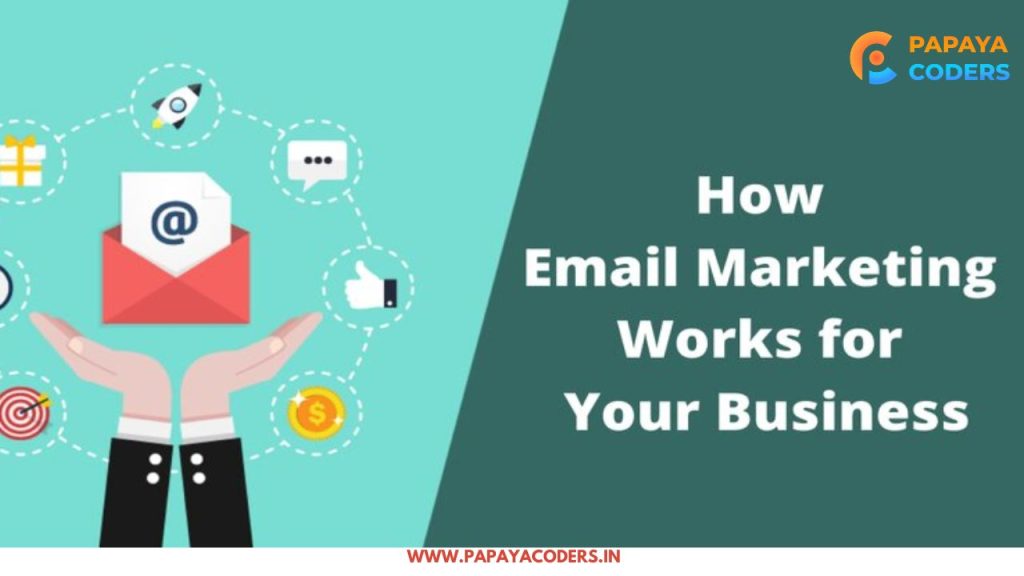
Step 1: Define Your Email Marketing Goals
Before jumping into email campaigns, it’s essential to set clear goals. Ask yourself:
- Do you want to increase sales?
- Are you looking to generate leads?
- Do you want to improve customer engagement?
- Are you aiming to drive website traffic?
Having a well-defined objective helps shape the structure of your email marketing campaign.
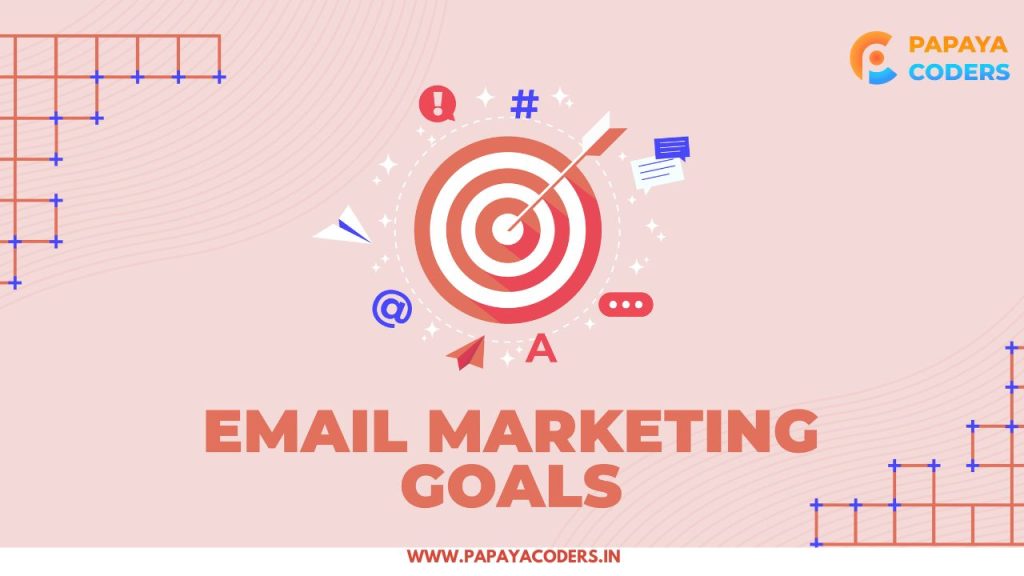
Step 2: Build Your Email List
A successful email marketing campaign starts with a strong email list. Here’s how you can build one:
- Use sign-up forms on your website and social media pages.
- Offer lead magnets like free ebooks, webinars, or discounts.
- Encourage customers to subscribe during checkout.
- Run giveaways or contests with email sign-up requirements.
Remember, always get permission before sending emails to avoid spam complaints and maintain a good sender reputation.
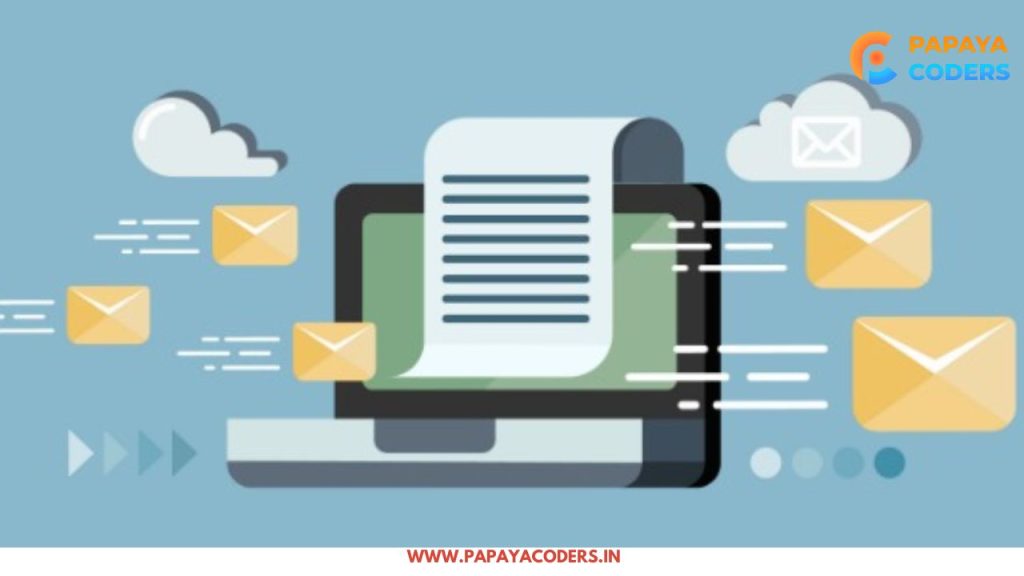
Step 3: Choose the Right Email Marketing Platform
Using an email marketing platform makes managing your campaigns easier. Some popular email marketing tools include:
These platforms help with automation, analytics, and email template designs, saving time and effort.
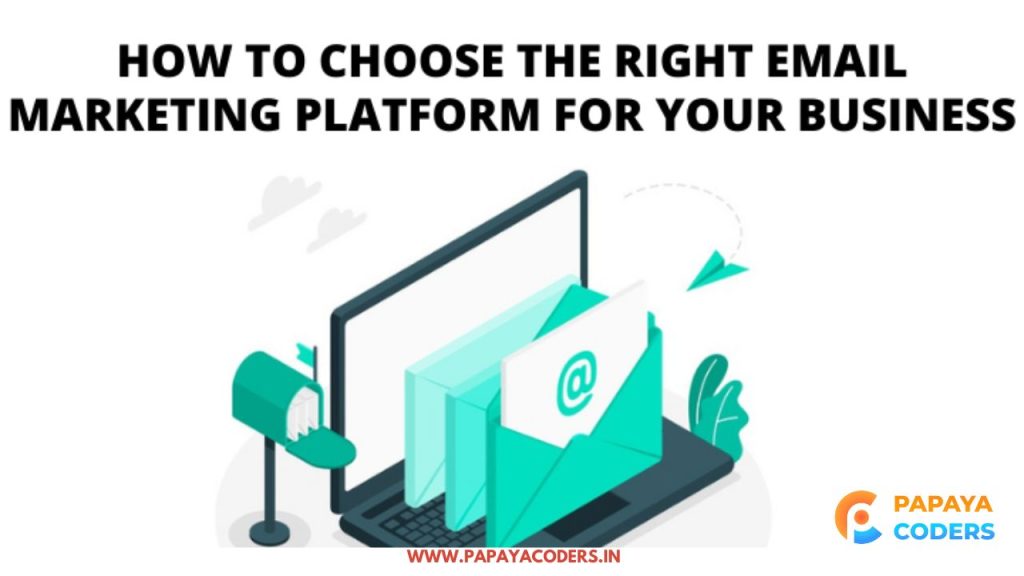
Step 4: Segment Your Email List
Not all subscribers are the same. To make your emails more relevant, segment your email list based on factors like:
- Demographics (age, location, interests)
- Purchase history
- Engagement levels (active vs. inactive subscribers)
- New vs. existing customers
Segmentation allows you to send personalized content, improving open and conversion rates.
Step 5: Craft Engaging Email Content
Your email content plays a crucial role in the success of your campaign. Keep these points in mind:
- Write an Eye-Catching Subject Line: Your subject line should be compelling and encourage people to open the email.
- Personalize Your Message: Use the recipient’s name and tailor content to their preferences.
- Keep It Clear and Concise: People don’t have time to read lengthy emails, so get to the point.
- Use a Strong Call-to-Action (CTA): Guide your audience on what to do next—whether it’s visiting a website, signing up for a webinar, or making a purchase.
- Make It Visually Appealing: Use images, buttons, and formatting to enhance readability.
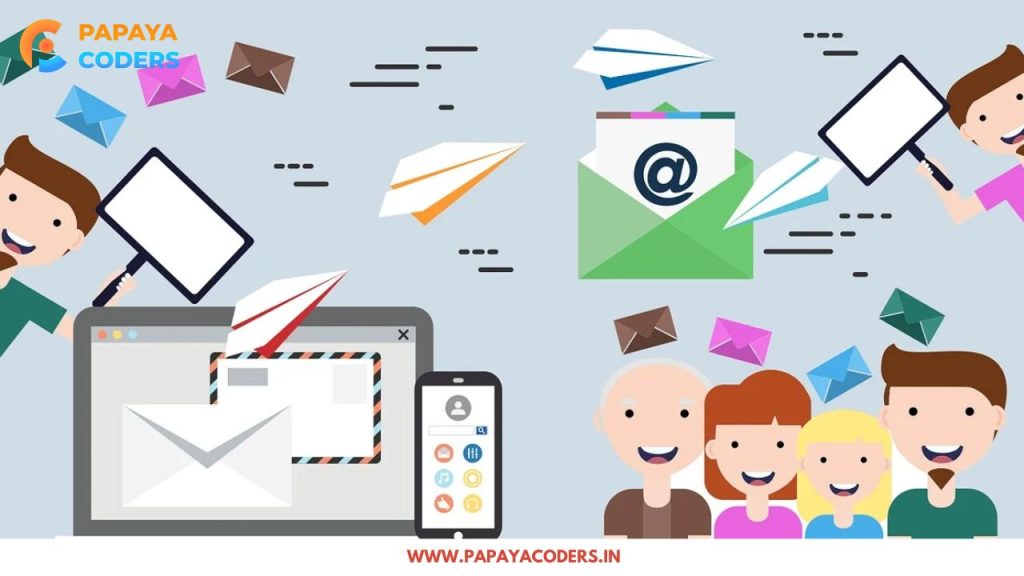
Step 6: Optimize for Mobile Users
Over half of all emails are opened on mobile devices. Ensure your emails:
- Have a responsive design
- Use short paragraphs and bullet points
- Have easily clickable buttons
- Load quickly with minimal heavy images
A mobile-friendly email ensures a smooth user experience and higher engagement rates.
Step 7: Automate Your Email Campaigns
Automation saves time and improves efficiency. Common automated email campaigns include:
- Welcome Emails: Sent to new subscribers to introduce your brand.
- Abandoned Cart Emails: Reminders for users who left items in their cart.
- Follow-Up Emails: Sent after a purchase or event to keep engagement high.
- Re-engagement Emails: Encouraging inactive subscribers to reconnect with your brand.
Using automation tools can help nurture leads and increase conversions effortlessly.
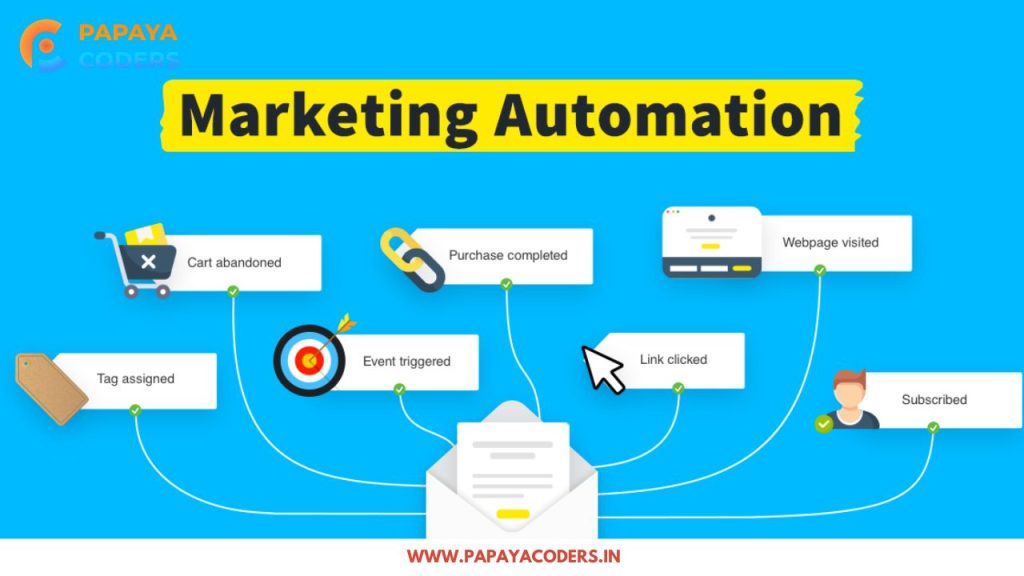
Step 8: Track and Analyze Performance
Monitoring your email campaign performance is crucial for improving future campaigns. Key metrics to track include:
- Open Rate: The percentage of recipients who open your email.
- Click-Through Rate (CTR): The percentage of recipients who click on a link in your email.
- Conversion Rate: How many recipients took the desired action (purchase, signup, etc.).
- Bounce Rate: Emails that weren’t delivered successfully.
- Unsubscribe Rate: The number of people who opt out of your emails.
Use analytics tools from your email marketing platform to measure results and adjust your strategy accordingly.
Step 9: Stay Compliant with Email Regulations
Ensure your email marketing follows legal guidelines such as:
- Getting user consent before sending emails.
- Including an easy opt-out option (unsubscribe link).
- Avoiding misleading subject lines.
- Following GDPR (for European users) and CAN-SPAM Act regulations.
Following these rules protects your brand’s reputation and helps build trust with subscribers.
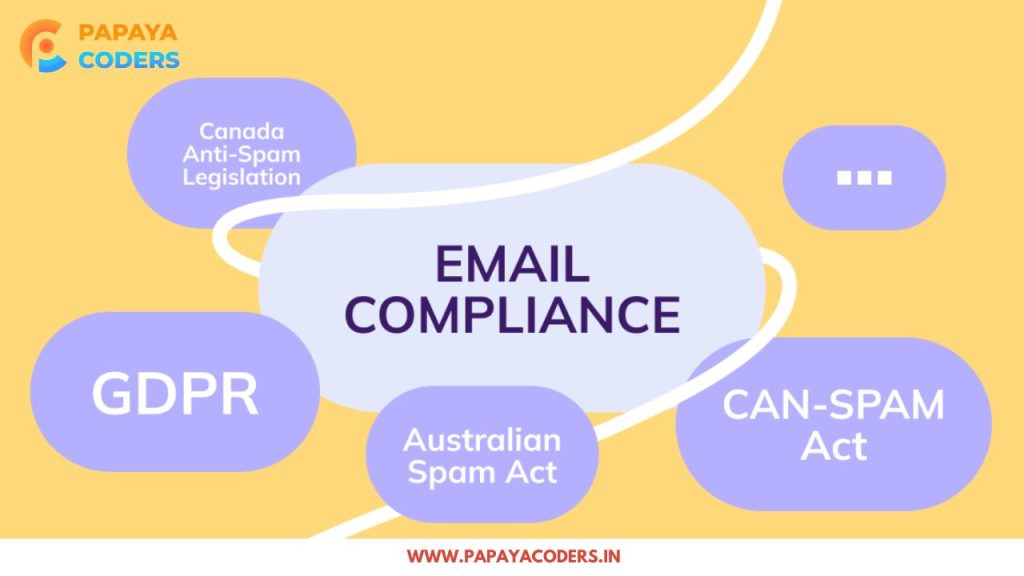
Conclusion:
Email marketing is an excellent way to connect with your audience, drive sales, and build lasting relationships. You can create highly effective email marketing campaigns by following these steps—setting goals, building an email list, crafting engaging content, segmenting, automating, and analyzing performance.
Start implementing these strategies today and watch your business grow through the power of email marketing!


